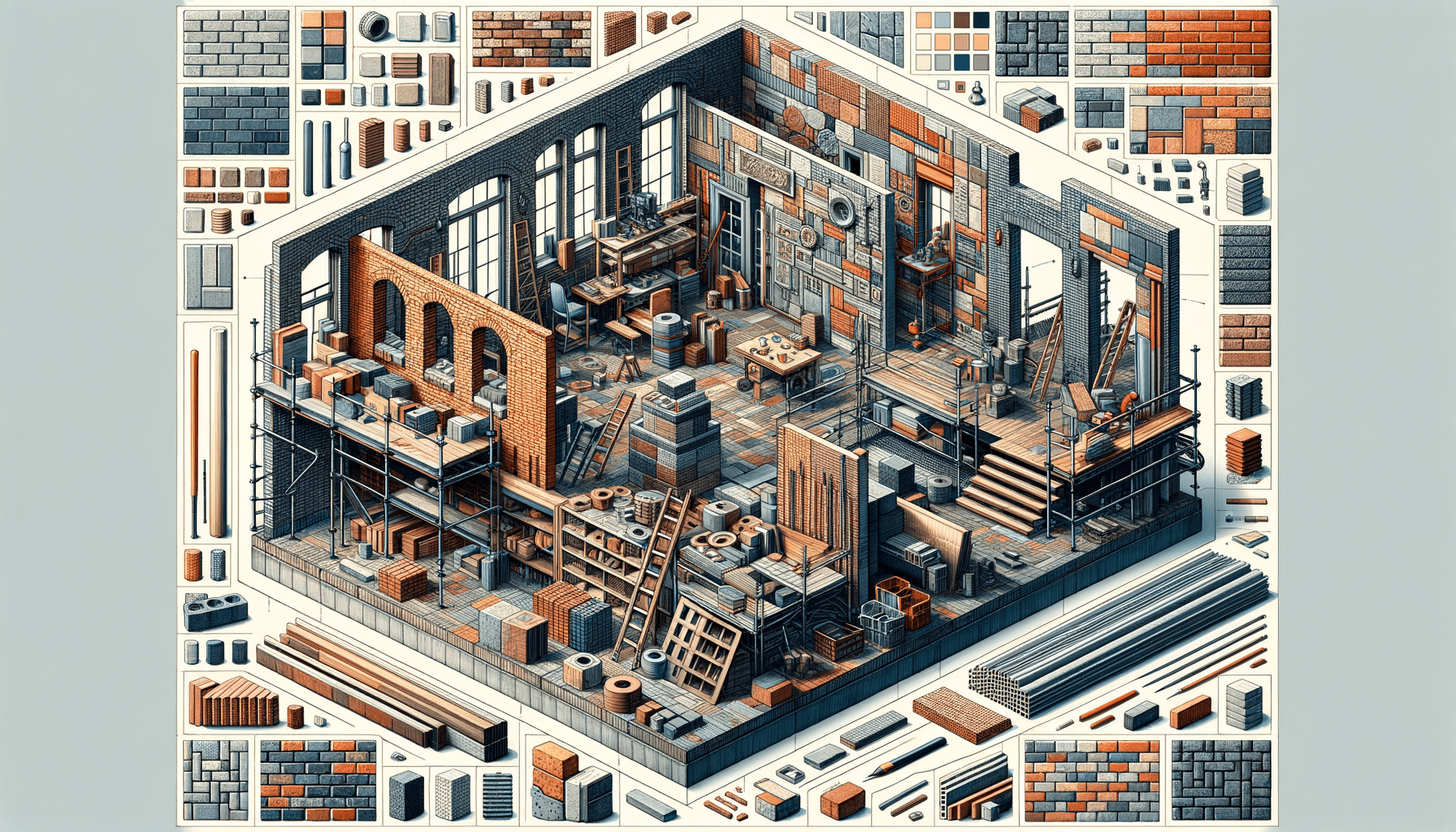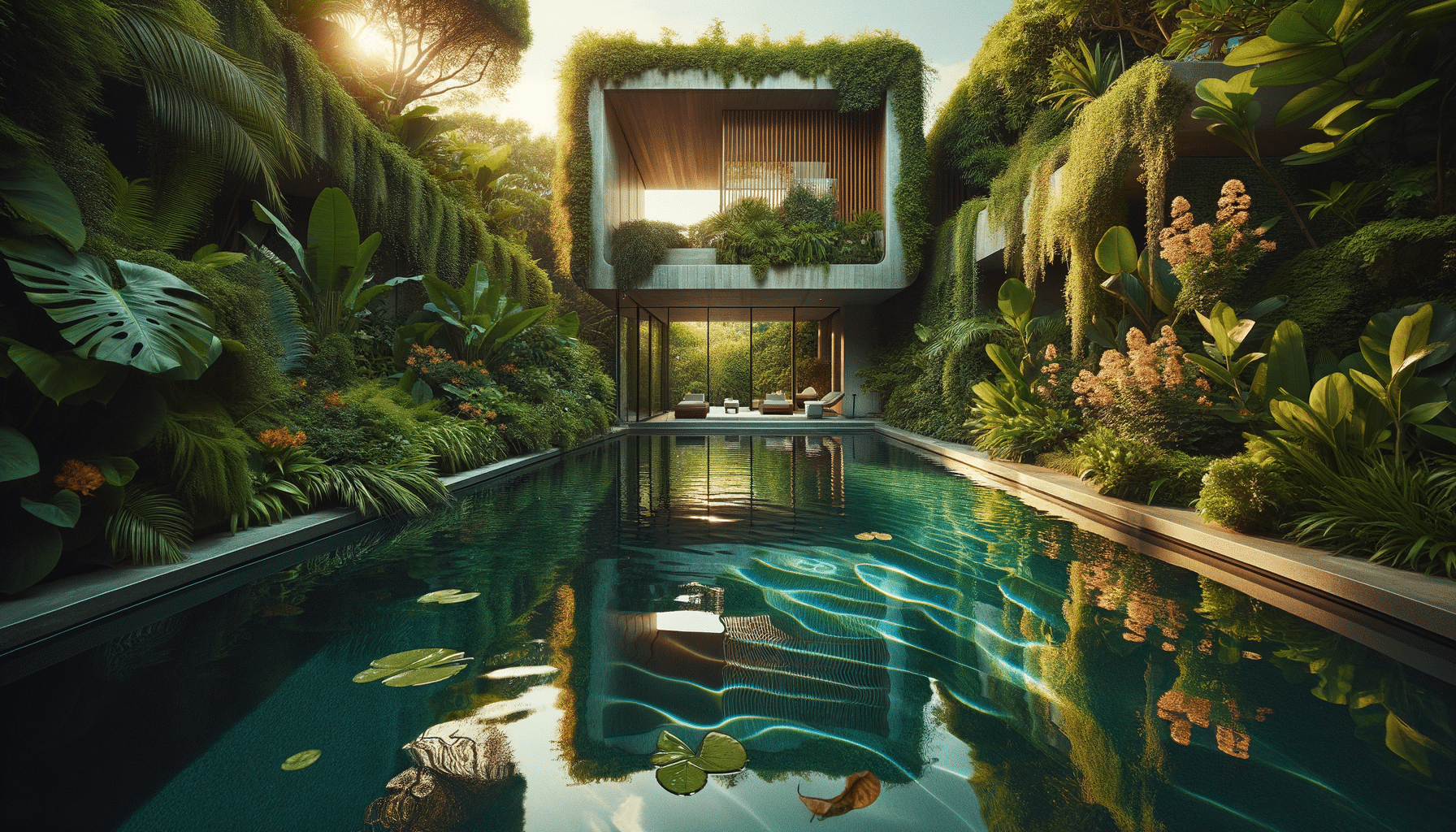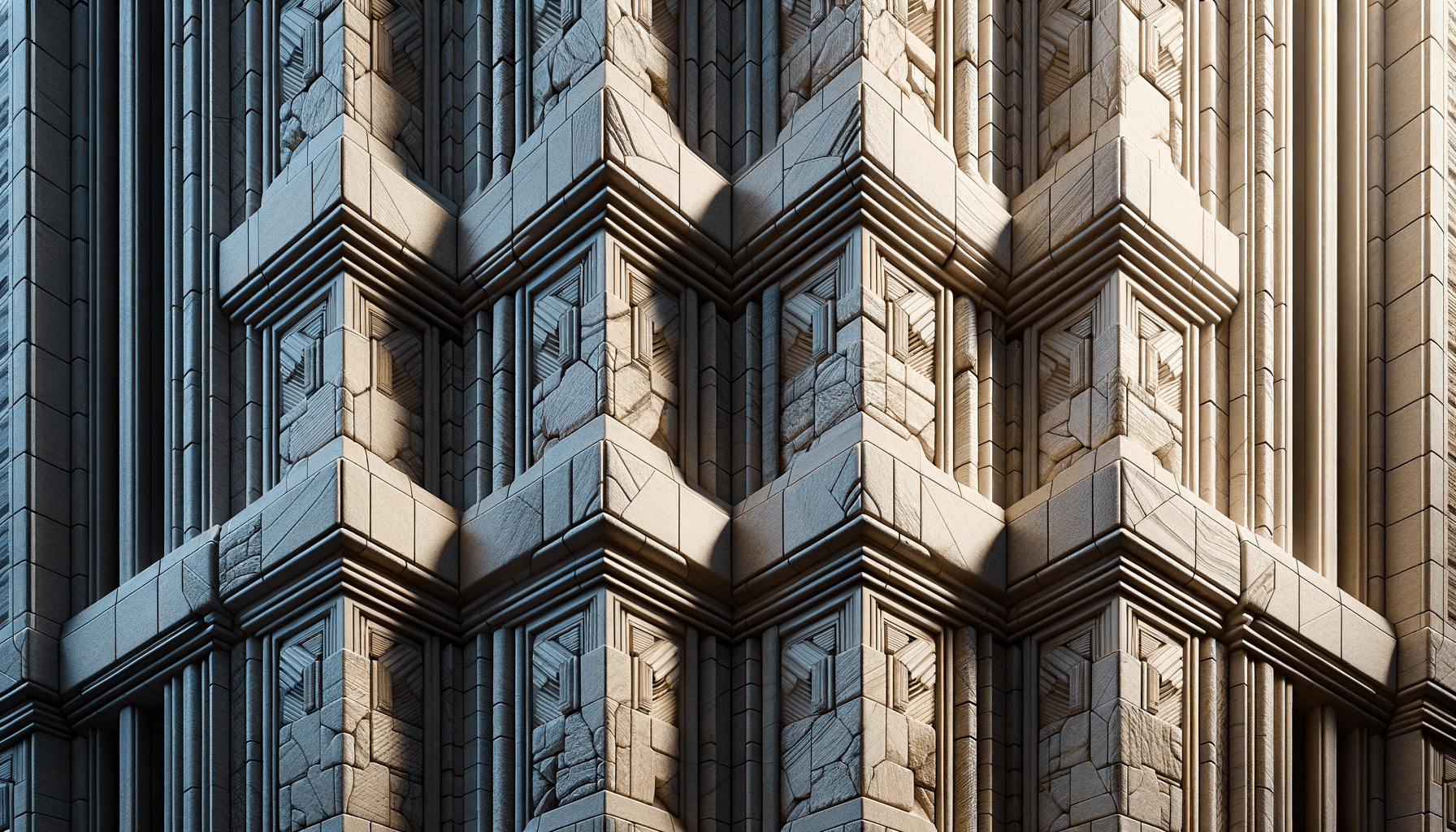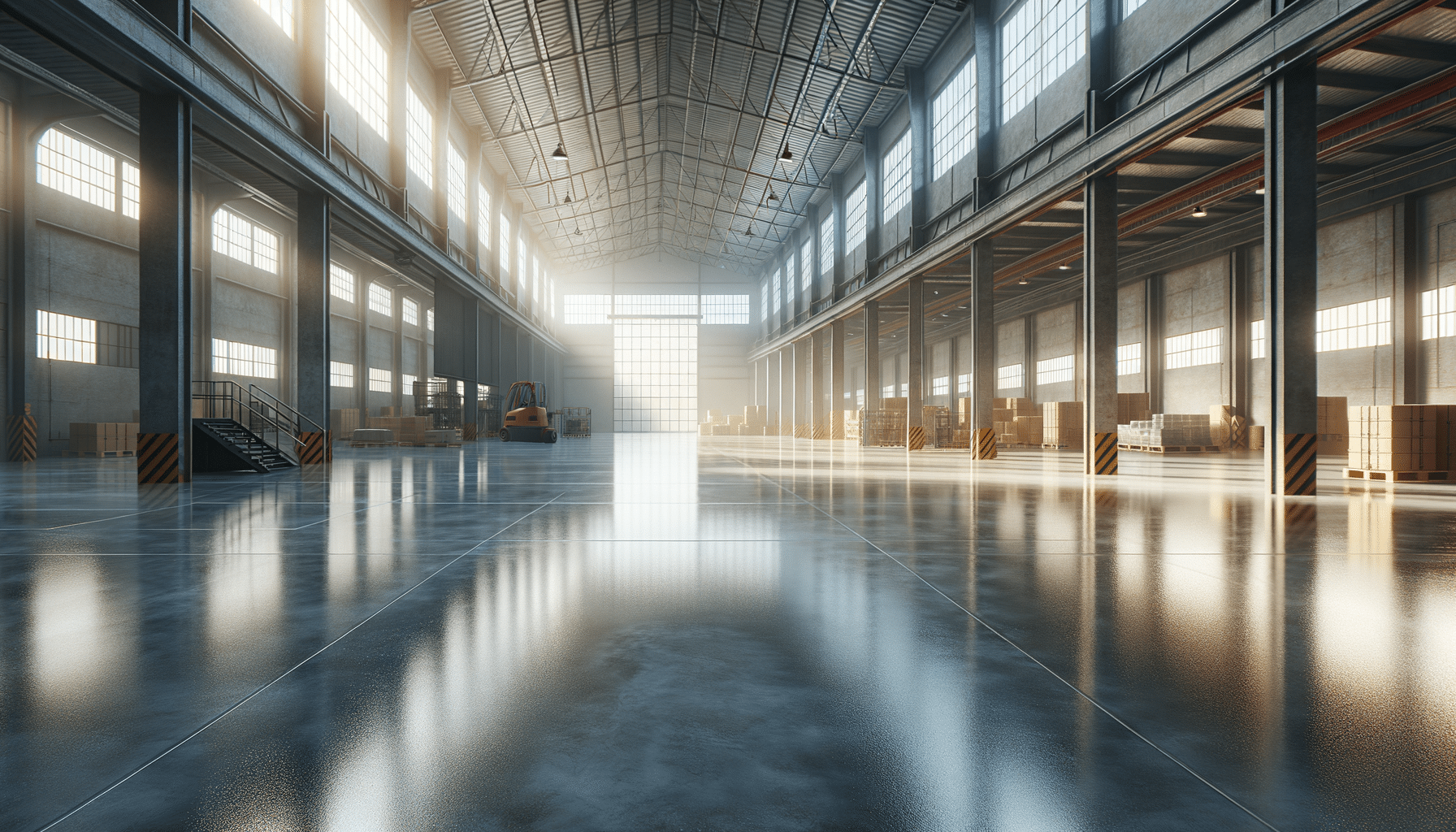
Understanding Brick Veneer: A Comprehensive Guide
Introduction to Brick Veneer
Brick veneer is a popular architectural choice that combines the aesthetic appeal of traditional brick with the practical benefits of modern construction techniques. Unlike solid brick walls, brick veneer consists of a single layer of bricks attached to the exterior of a building. This method offers a cost-effective solution for those seeking the classic look of brick without the structural weight and expense of full brick walls. Brick veneer is often used in both residential and commercial buildings to enhance curb appeal and provide a durable exterior finish.
The Advantages of Brick Veneer
One of the primary benefits of brick veneer is its ability to mimic the appearance of traditional brick at a fraction of the cost. This makes it an attractive option for homeowners and builders looking to achieve a classic look without exceeding their budget. Additionally, brick veneer provides excellent insulation properties, helping to regulate indoor temperatures and reduce energy costs. The installation process is also less labor-intensive compared to solid brick walls, resulting in faster project completion times.
Moreover, brick veneer is known for its durability and resistance to environmental elements. It acts as a protective barrier against wind, rain, and pests, contributing to the longevity of the building’s exterior. The versatility of brick veneer allows for a wide range of design possibilities, enabling architects and homeowners to customize their projects to suit individual tastes and preferences.
Installation Process of Brick Veneer
The installation of brick veneer involves several key steps to ensure a secure and long-lasting finish. Initially, a moisture barrier is applied to the exterior wall to prevent water infiltration. Metal lath or mesh is then attached to the wall, providing a surface for the mortar to adhere to. Once the lath is in place, a scratch coat of mortar is applied, followed by the placement of the brick veneer units.
Each brick is carefully positioned and secured with mortar, ensuring that the alignment and spacing are consistent. This meticulous process requires skilled craftsmanship to achieve a seamless appearance. After the bricks are set, the joints are filled with mortar to complete the installation. Proper curing and drying times are essential to ensure the mortar sets correctly and the veneer remains stable.
Maintenance and Care for Brick Veneer
Maintaining brick veneer is relatively straightforward, making it a low-maintenance option for building exteriors. Regular inspections are recommended to identify any signs of damage or wear, such as cracks or loose mortar. Cleaning the surface with a mild detergent and water can help remove dirt and debris, preserving the appearance of the veneer.
In cases where repairs are necessary, addressing issues promptly can prevent further damage and extend the life of the veneer. Repointing, which involves replacing damaged mortar joints, is a common maintenance task for brick veneer. This process helps maintain the structural integrity and appearance of the veneer over time.
Conclusion: The Appeal of Brick Veneer
Brick veneer offers a blend of aesthetic appeal, durability, and cost-effectiveness, making it a favored choice for both residential and commercial construction. Its ability to provide the timeless look of brick while offering modern benefits makes it a versatile and practical option. Whether enhancing the exterior of a new home or renovating an existing structure, brick veneer continues to be a popular solution for those seeking to combine beauty with functionality.


